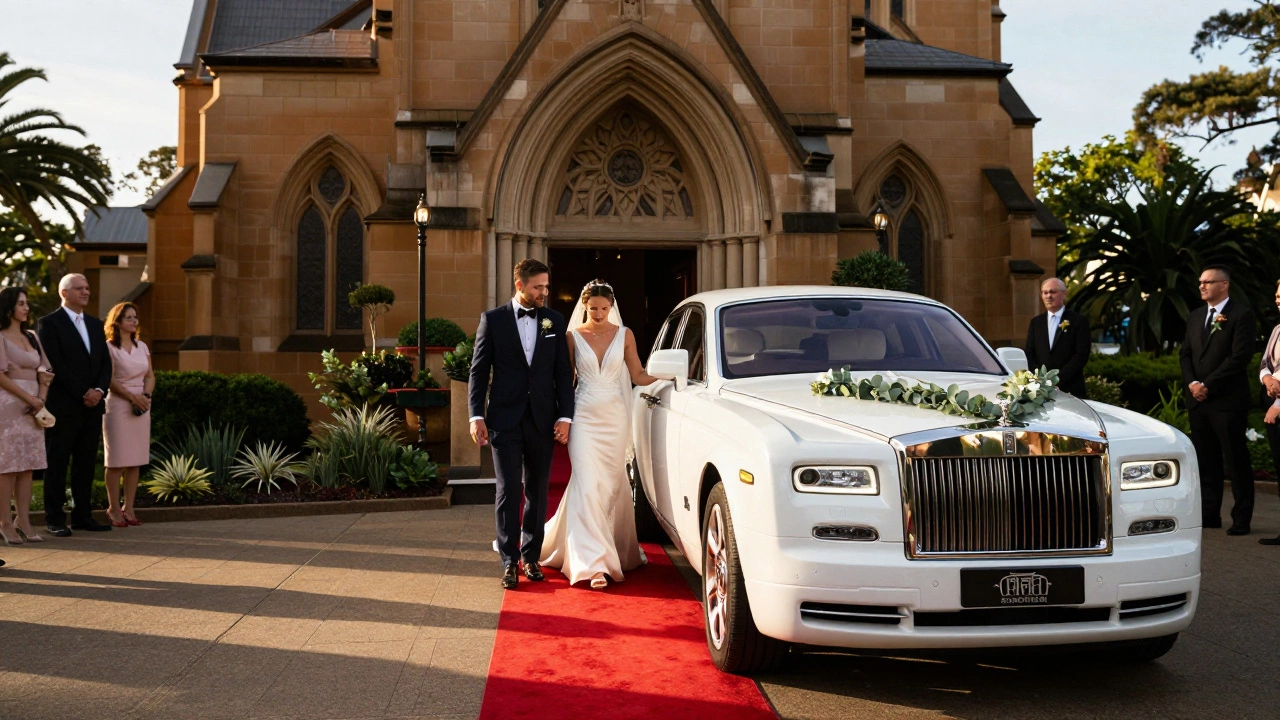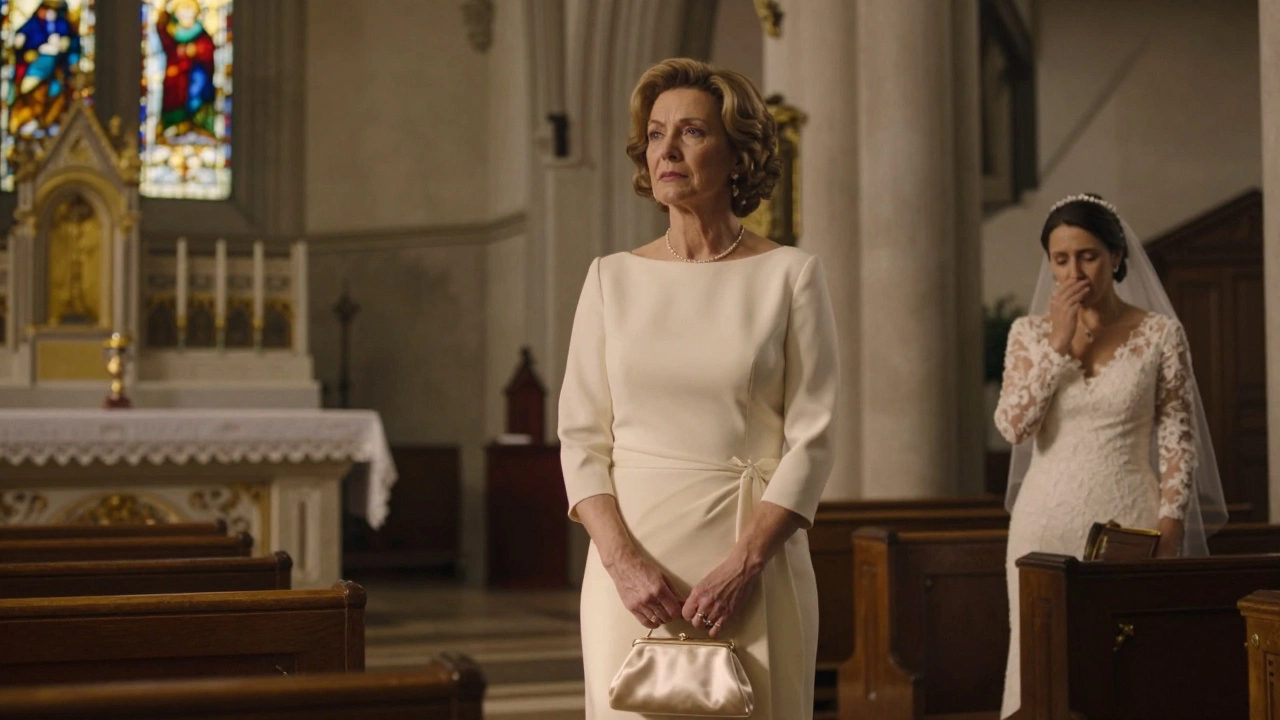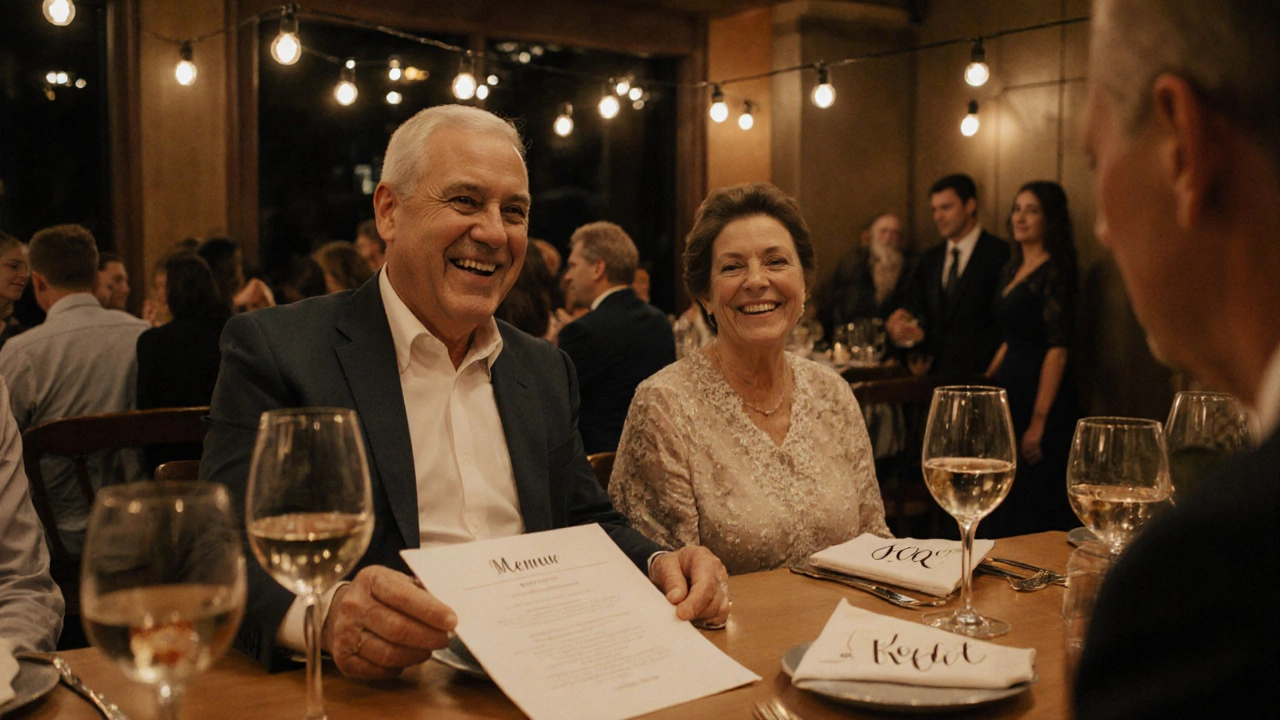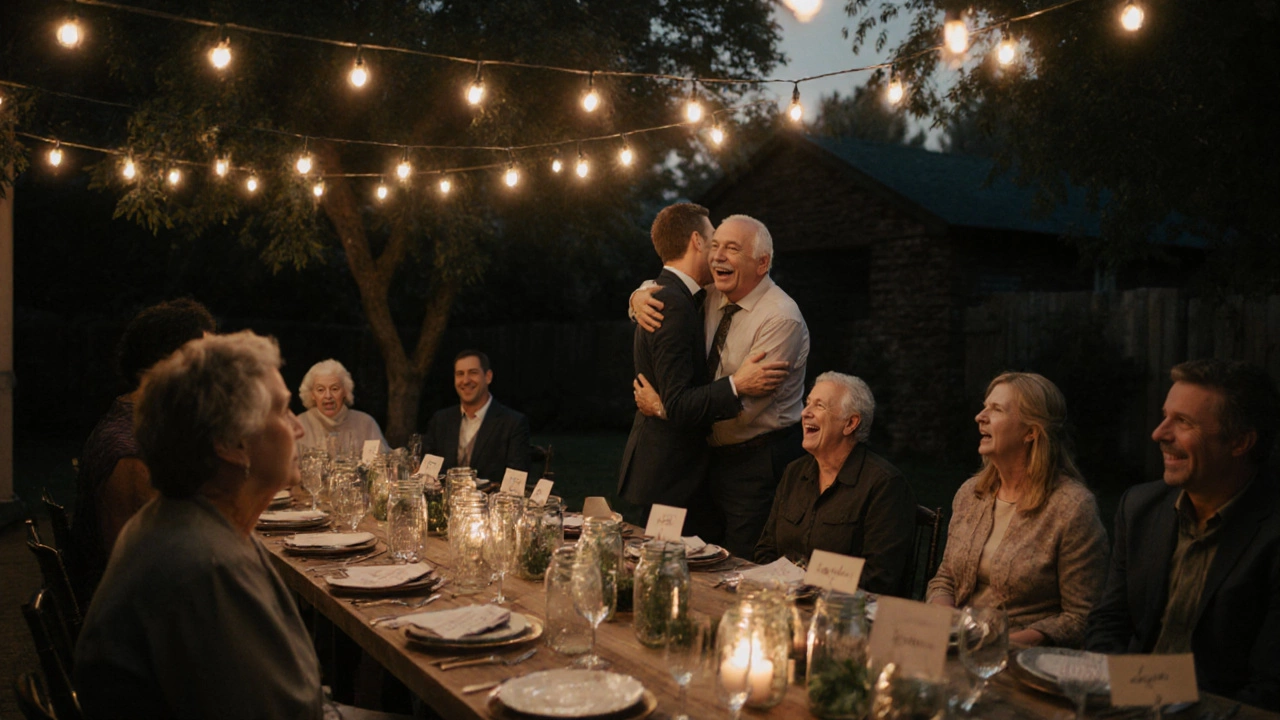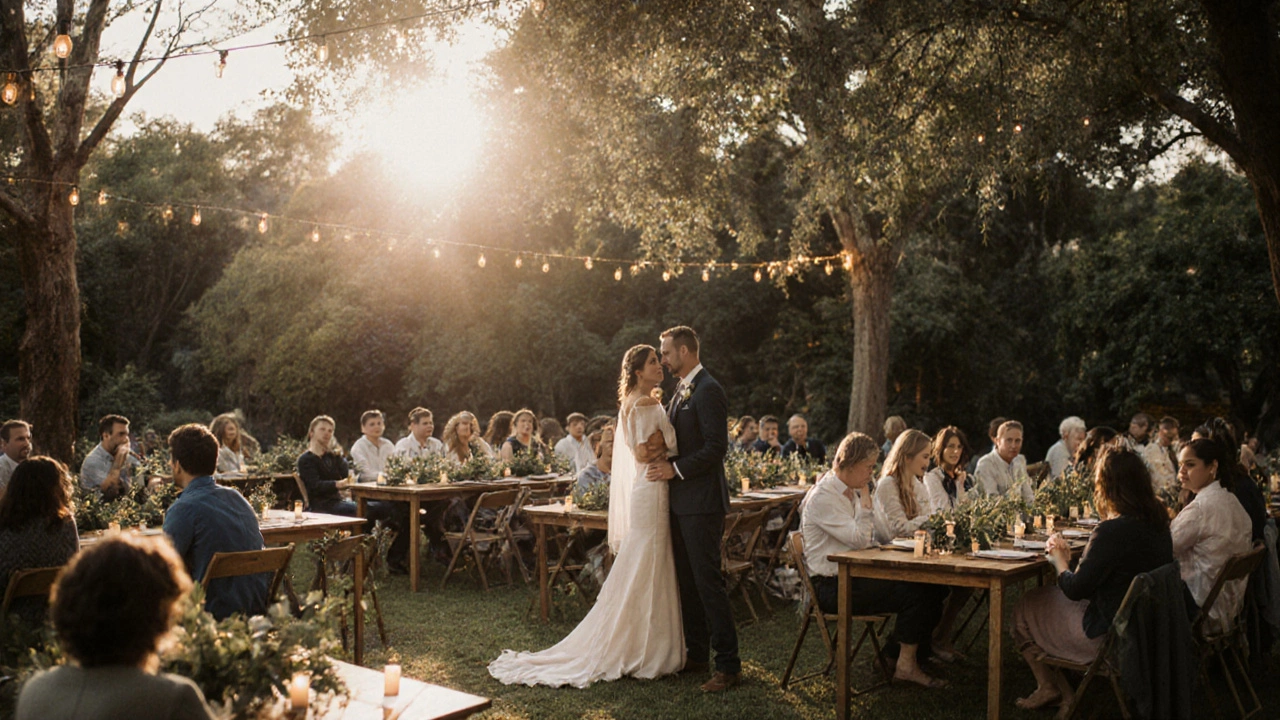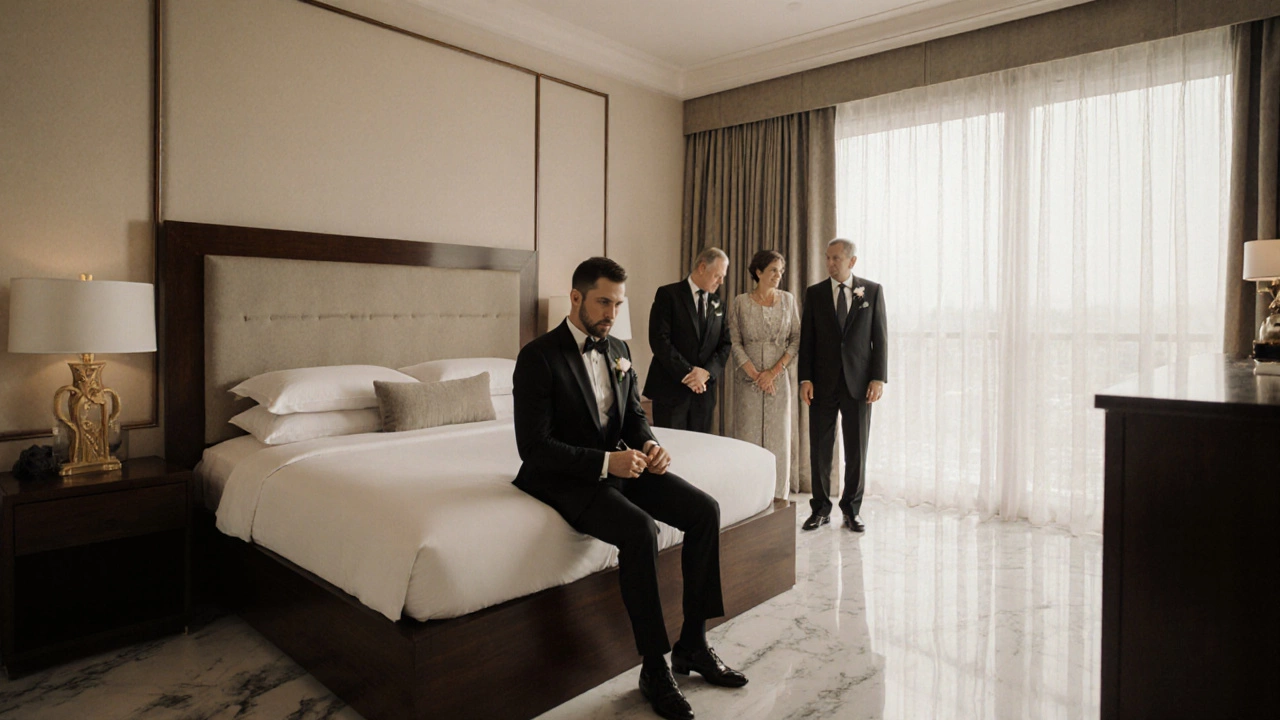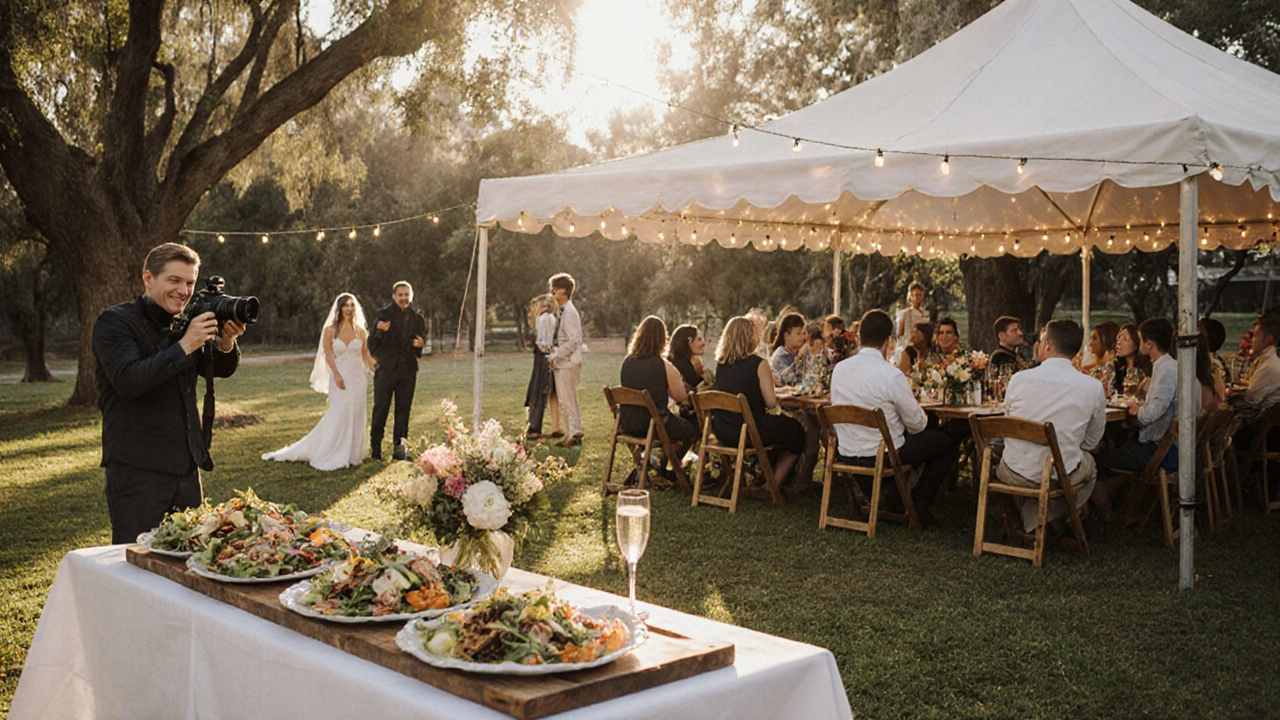Wedding Planning Tips & Resources
Feeling overwhelmed by all the wedding to‑do lists? You’re not alone. The good news is you don’t need a magic wand—just a clear plan and a few smart shortcuts. Below you’ll find the most useful advice to keep things moving forward without losing your mind.
Budget Basics
First thing’s first: set a realistic budget. Pull out a spreadsheet or use a free app, list every category—venue, dress, flowers, food, veil, and even the little things like transport. Then rank each item by importance. If your veil from Cotswold Wedding Veils Boutique is a top priority, give it a bigger slice of the pie and trim elsewhere.
Next, tackle the biggest expense: the venue. Look at off‑peak dates, weekday options, or smaller locations that still feel special. A gorgeous garden in the Cotswolds can cost far less than a city ballroom, and you’ll get a natural backdrop for free.
Finally, build a 5‑10% buffer for hidden costs. Unexpected fees pop up all the time—extra chairs, late‑night lighting, or a last‑minute floral change. Having that cushion means you won’t have to scramble for cash on the day.
Timeline Hacks
When to send Save‑the‑Dates? Aim for 6–8 months before the ceremony for a domestic wedding, and 8–10 months if you’re planning a destination celebration. This gives guests time to book travel and you enough breathing room to lock in vendors.
Break the planning into three phases: 12‑6 months, 6‑3 months, and 3‑0 months. In the first phase, focus on venue, guest list, and key vendors like photographer and caterer. The middle phase is for dress fittings, veil selection, and finalizing décor. The last phase is all about confirming details, creating a day‑of timeline, and enjoying a rehearsal.
One trick that saves a ton of stress is the 30‑5 minute rule. Spend no more than 30 minutes on any single task, and take a 5‑minute break before moving on. It keeps you from getting stuck on one detail and helps maintain momentum.
If you’re considering a wedding planner, know what they actually do. They negotiate vendor contracts, keep track of deadlines, and troubleshoot any hiccups on the day. A good planner can also suggest cost‑saving ideas you may have missed, like swapping out pricey linens for simple, elegant table runners.
Don’t forget the little things that make a big impact. Think about cake portions—if you have 100 guests, a three‑tier cake with a mix of flavors usually covers everyone with a few extra slices for staff. And remember wedding etiquette: avoid wearing colors that clash with the bride’s palette, and keep the mother‑of‑the‑groom’s role supportive rather than demanding.
At the end of the day, the goal is to enjoy the process. Use a checklist, set realistic deadlines, and lean on professionals when you need to. With a solid budget, a clear timeline, and the right support, your wedding will feel less like a marathon and more like a celebration you’ll remember fondly.
How to Choose a Wedding Car: A Practical Guide for Couples in Australia
Learn how to pick the perfect wedding car in Australia with practical tips on size, style, budget, and booking. Avoid last-minute stress and make your arrival unforgettable.
Read moreShould the Mother of the Groom Carry a Purse? Wedding Etiquette and Practical Tips
Should the mother of the groom carry a purse? Yes-if it’s small, practical, and filled with essentials. Learn what to pack, what to avoid, and why this simple choice makes a big difference on the wedding day.
Read moreWho Pays for a Honeymoon? Modern Rules and Real-Life Choices
Who pays for a honeymoon? Today, most couples cover the cost themselves. Learn how modern couples plan, budget, and make smart choices without relying on parents or debt.
Read moreWhat Do the Groom's Parents Pay For in a Modern Wedding?
Learn what the groom's parents typically pay for in modern weddings, from rehearsal dinners to wedding rings-and how to talk about money without awkwardness. Updated for 2025.
Read moreWhat Are Groom's Parents Responsible For in a Wedding?
Groom's parents aren't expected to pay for the whole wedding anymore. Learn what they actually do today - from hosting the rehearsal dinner to offering quiet support - and how to navigate money, expectations, and emotions without stress.
Read moreWhat Is a Good Number of Guests to Invite to a Wedding?
There's no one-size-fits-all number for wedding guests. Learn how budget, venue size, and personal relationships shape the ideal guest count for your big day.
Read moreWhat Is a Good Budget for a Wedding with 100 Guests in 2025?
A realistic wedding budget for 100 guests in Australia ranges from $25,000 to $55,000. Learn where your money goes, how to cut costs on decorations, catering, and more, and how to build a budget that fits your priorities-not trends.
Read moreBudget Wedding Tips: How to Plan a $1000 Wedding
Learn how to plan a beautiful wedding for under $1000 with low‑cost venues, DIY décor, potluck catering, and smart budgeting tips.
Read moreWho Stays with the Groom the Night Before the Wedding?
Find out who traditionally and today stays with the groom the night before the wedding, plus tips, etiquette, and a practical checklist.
Read moreGroom's Parents Wedding Costs: Who Pays What?
Learn what typical expenses groom's parents cover, optional extras, budgeting tips, and how to discuss costs with the bride's family for a smooth wedding plan.
Read moreIs $10,000 Enough for a Wedding? Budget Breakdown & Practical Tips
Discover if $10,000 can fund a wedding in Australia and learn how to allocate, stretch, and plan every expense with real examples and a practical checklist.
Read moreTraditional Gifts from the Groom’s Mother to the Bride: Ideas & Etiquette
Discover traditional gifts the groom's mother gives to the bride, explore cultural variations, budgeting tips, and presentation etiquette for a heartfelt gesture.
Read more